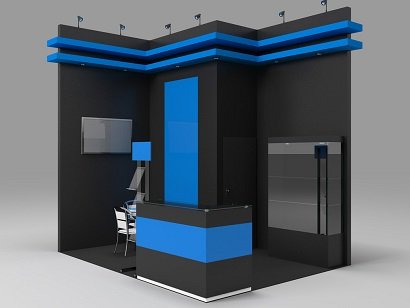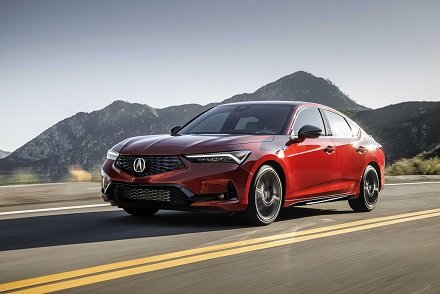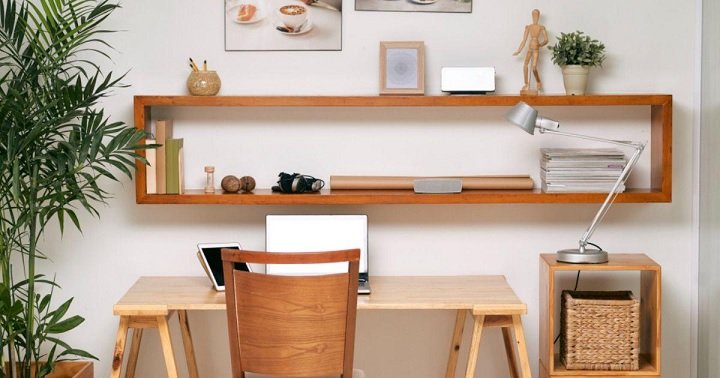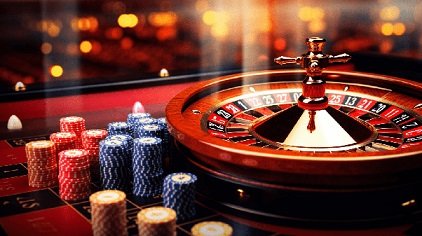
In the realm of business, the adage “first impressions matter” holds true, and nowhere is this more relevant than in the context of exhibition booth design. The booth is the first point of contact between a brand and its audience at an event. A meticulously designed booth has the potential to captivate attention instantaneously, drawing attendees into the narrative the brand seeks to convey.
Successful exhibition booth design goes beyond aesthetics; it encapsulates the essence of a brand, communicating its values, mission, and unique selling propositions in a visual language. The strategic placement of elements, the color palette chosen, and the overall layout work in harmony to create a cohesive visual identity that resonates with the target audience.
Functionality and Flow
While aesthetics are undeniably crucial, an effective exhibition booth design also prioritizes functionality and flow. The booth must be designed with the attendee’s experience in mind, ensuring easy navigation and accessibility. An intuitive layout not only enhances the overall visitor experience but also facilitates meaningful interactions between booth staff and attendees.
Striking the right balance between aesthetic appeal and functionality requires a keen understanding of the brand’s objectives for the event. Whether the goal is to showcase new products, generate leads, or foster client relationships, the design should align seamlessly with these objectives.
Innovative Technology Integration
In the contemporary landscape of trade shows and exhibitions, incorporating innovative technologies into booth design has become a game-changer. From interactive displays and augmented reality installations to virtual reality experiences, technology can elevate a booth from ordinary to extraordinary.
Immersive experiences not only capture attention but also create a memorable engagement with the brand. The strategic use of technology can amplify the storytelling aspect of the booth, enabling brands to convey their message in a dynamic and captivating manner. However, it is crucial to strike a balance, ensuring that technology enhances the overall experience rather than overshadowing the core message.
Sustainability in Design
As societal consciousness towards environmental sustainability grows, so does the importance of integrating eco-friendly practices into exhibition booth design. Sustainable materials, energy-efficient lighting, and modular designs that facilitate reuse are becoming increasingly prevalent in the industry
Beyond the positive environmental impact, a commitment to sustainability can also enhance a brand’s image, signaling a dedication to ethical business practices. The integration of sustainable elements into booth design aligns with the evolving expectations of consumers who prioritize eco-conscious brands.
Measuring Success Through Engagement
The effectiveness of an exhibition booth design extends beyond its visual appeal; it is ultimately measured by the level of engagement it generates. An engaging booth is one that attracts, retains, and interacts with attendees effectively.
Metrics such as foot traffic, dwell time, and lead generation provide tangible insights into the success of a booth design. Analyzing these metrics allows brands to refine their approach for future events, continually optimizing their exhibition presence.
Conclusion
In conclusion, exhibition booth design is a multifaceted discipline that blends artistry with strategic intent. A well-designed booth serves as a powerful vessel for brand communication, leaving a lasting imprint on the minds of event attendees. The interplay of aesthetics, functionality, technology, sustainability, and measurable engagement defines the landscape of modern exhibition booth design. As brands continue to vie for attention in the competitive arena of trade shows and events, the art and science of booth design will undoubtedly play a pivotal role in shaping the narrative of successful brand experiences.







